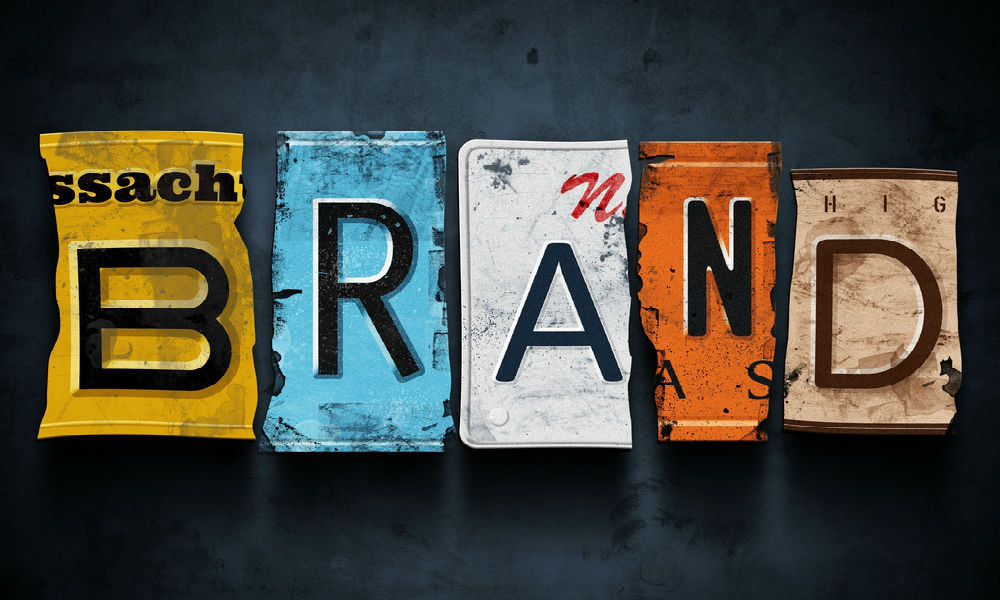Every brand will have a nuanced definition of a safe online environment and that’s where the complexity of this topic lies.
Maybe there will never be an end to the talk about brand safety in the media industry – and that’s a good thing. I have spent the past ten years working on these issues, from helping to found the IAB’s Quality Assurance Guidelines which was the basis for The Trustworthy Accountability Group (TAG) to running a Consumer & Brand Digital Safety Summit to writing on this topic many times. I have earned the right to wish for a day when I can write or speak about something other than brand safety.
If we are going to talk about brand safety, we have to define it. TAG’s definition of brand safety can be found in their white paper, “Defining Brand Safety.” From my point of view on this paper, the definition can be brought back to a single word: Environments. Is my advertising in a safe environment for my brand?
If the definition is so simple why is this so hard?
The idea may be simple, but here is where we add complexity. Every brand will have a definition of the word environment. It may not be completely different, but each brand will have nuances in what it means to them. What’s good for one brand is not always good for another. Groups that establish and create standards do these correctly by developing consensus. But in that compromise some things are missed – sometimes overlooked and sometimes intentionally. Specific problems are just too complicated to allow for standards and so they must be handled on an individual basis between a customer and a media partner. For example, deciding which set of 3rd party numbers will be used for billing. Both sides have invested in the licensing and implementation of this tech (ad verification for example) to support their case and both have a vested interest in being right. But what happens when they’re wrong and it means a loss of revenue?
There is a lot of money at stake
In 2017, Global Digital Ad Spend hit $207B and some reports like the one recently released by IAS say that approximately 15 percent of display and 10 percent of video ad impressions that are unfiltered are fraud. If you connect those dots (they aren’t directly correlated by the way), you get a pretty large number of that spending is fraudulent. Let’s say it’s $10B. Well, there sure is an incentive to be a bad guy! Money like that is going to attract some pretty smart people.
The other big challenge is that both the rules and the technology used to ensure brand safety are ever-changing. However, this seems to be slowing down. Over the past few years, the number of companies providing verification has shrunk.
Companies like Oracle, Salesforce and Adobe have consolidated smaller brands like Grapeshot, Moat and IAS. This along with the streamlining of ads serving between the giants like Google (DoubleClick), AT&T (AppNexus) and Comcast (Freewheel) will lead to less complexity over time – and hopefully, more competition to drive prices down.
So what does this all mean? The good news is it looks like I’ll have a lot more to write about on this topic for the foreseeable future. But I’m proud to be part of an industry that is focused on the ultimate goal of self-policing, which will ultimately create a safer environment for consumers and brands alike.










